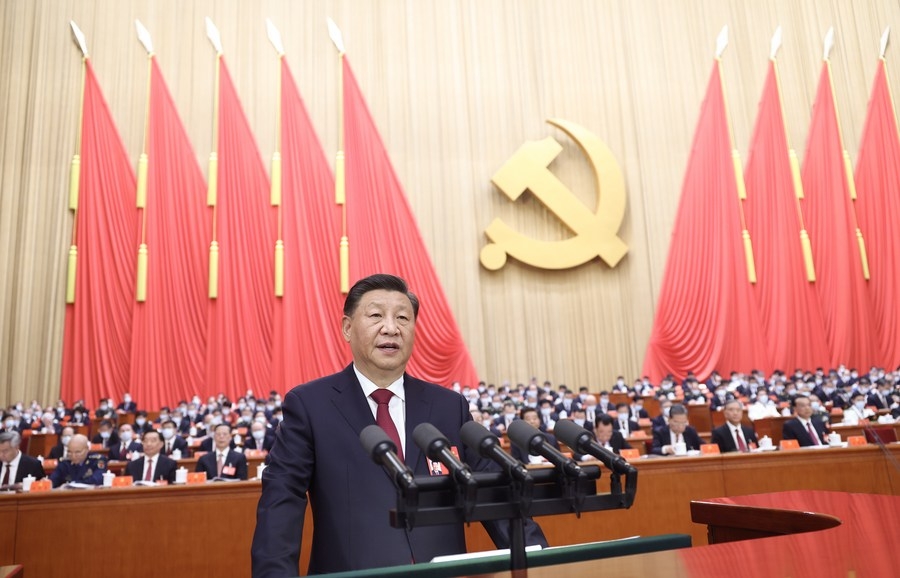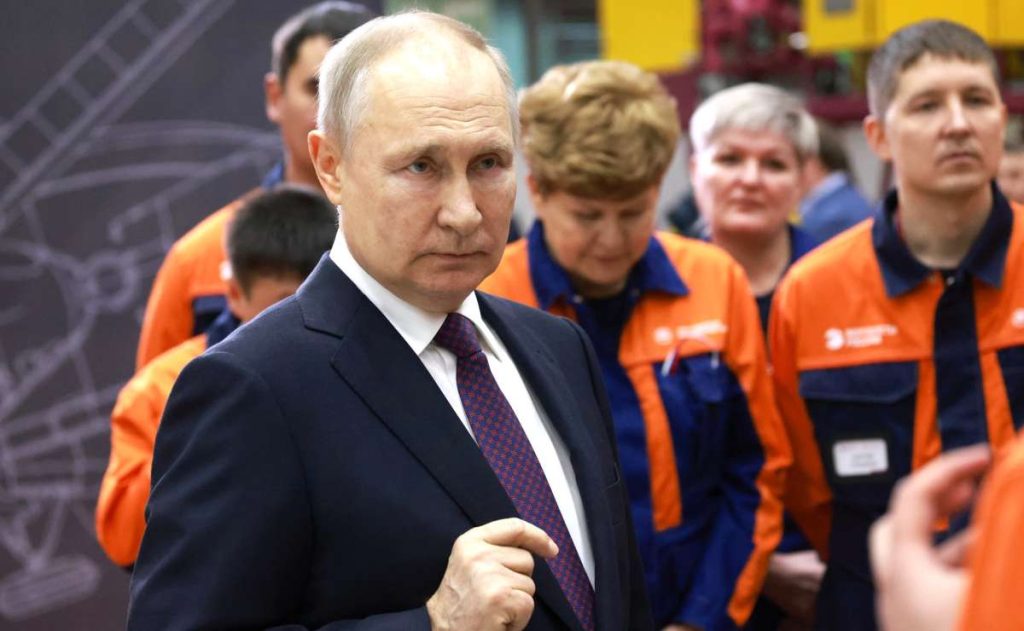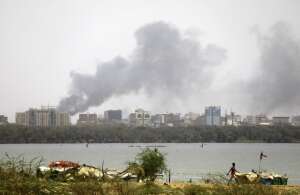China exported almost three times more arms to Sub-Saharan Africa (SSA) than the United States. It is interesting to note that China’s arms exports to SSA reached an all-time high of US$423 million in 2013, which coincides with the launch of the Belt and Road Initiative
China’s arms exports to sub-Saharan African (SSA) countries reached an all-time high as Beijing sold more arms than its rival, the US, over the past decade, according to a new study. The Washington-based Atlantic Council think tank report said that between 2010 and 2021, China accounted for 22 per cent of the US$9.32 billion in total arms exports to the SSA countries south of the Sahara.
Chinese sales were second only to Russia, at US$2.04 billion, and almost three times the amount exported to the region by the US, according to the study based on data compiled by the Stockholm International Peace Research Institute (SIPRI). Russian arms exports comprised 24 per cent of the total, at US$2.24 billion. US sales over the decade came to just 5 per cent, with US$473 million, according to the Atlantic Council Geo Economics Centre report.
China exported almost three times more arms to SSA than the United States. “It is interesting to note that China’s arms exports to SSA reached an all-time high of US$423 million in 2013, which coincides with the launch of the Belt and Road Initiative,” the report said.

The Atlantic Council Geo Economics Centre report said that more than 60 per cent of Chinese arms exports to the region went to five countries, with Tanzania taking the most at 19.6 per cent. Nigeria was second, with 13.5 per cent, and Sudan third, with 12.6 per cent. Cameroon took 11.2 per cent of the total, and Zambia accounted for 6.22 per cent of arms purchases from China, they found. “These countries also are home to some of China’s largest investment and construction projects in SSA, pointing to a growing linkage between Beijing’s economic interests and security concerns in the region,” their report said.
To illustrate the overlap between China’s security and economic interests in Africa, the study focused on Nigeria, Africa’s most populous nation with vast energy resources and several seaports on the Atlantic coast. The report said that between 2006 and 2020, Nigeria attracted more than 13 per cent of all Chinese investment and construction in sub-Saharan Africa, making it the region’s largest recipient of Chinese capital and projects.
In 2021 alone, China accounted for 34.4 per cent of Nigeria’s arms imports, compared to the US and Russia at 2.67 per cent and 6.49 per cent, respectively. In the same year, Nigerian military spending reached US$4.5 billion, a 56 per cent increase in 2020, the study said. While China has long been known to export mostly light arms to Africa, the report said Beijing had started selling more advanced weaponry to Nigeria, highlighting the country’s centrality to China’s geopolitical calculations in the region.
The report said Russia’s 2022 invasion of Ukraine could have opened up new opportunities for Chinese military influence in Nigeria. “International sanctions in the wake of that invasion may limit the benefits of Nigeria’s 2021 agreement with Moscow for military equipment and training and could mean an increase in Nigeria’s arms imports from China,” according to the report.
The researchers said US sanctions on many Russian defence contractors force Nigeria to consider alternatives. “China is clearly the default option as the growing relationship between China and Nigeria in the past few years has also made China the top arms exporter to Nigeria, surpassing Russia in arms exports for two consecutive years,” they said.
The report covered sub-Saharan Africa, excluding the far larger North African market, comprised of countries like Egypt, Morocco and Algeria that import many more weapons than most SSA countries.








